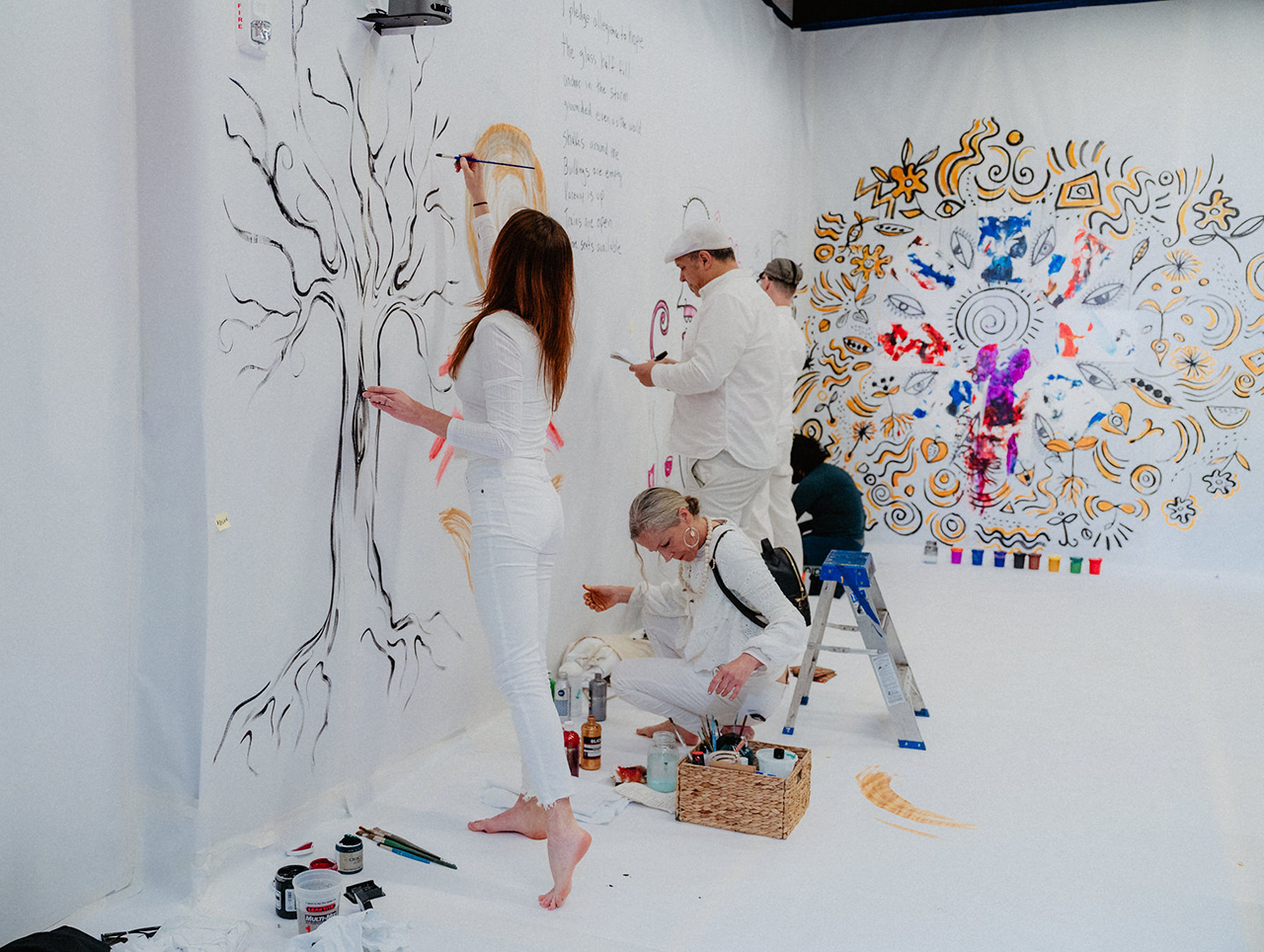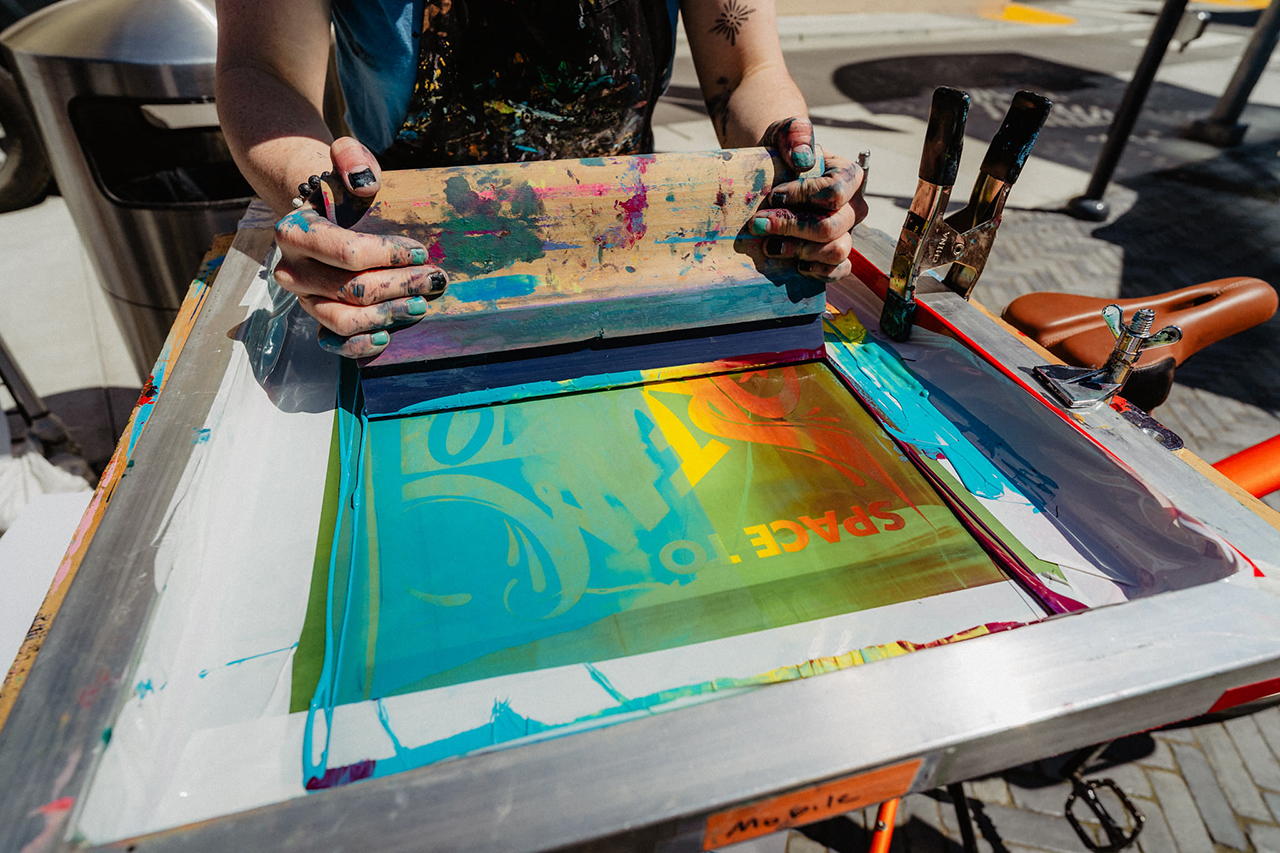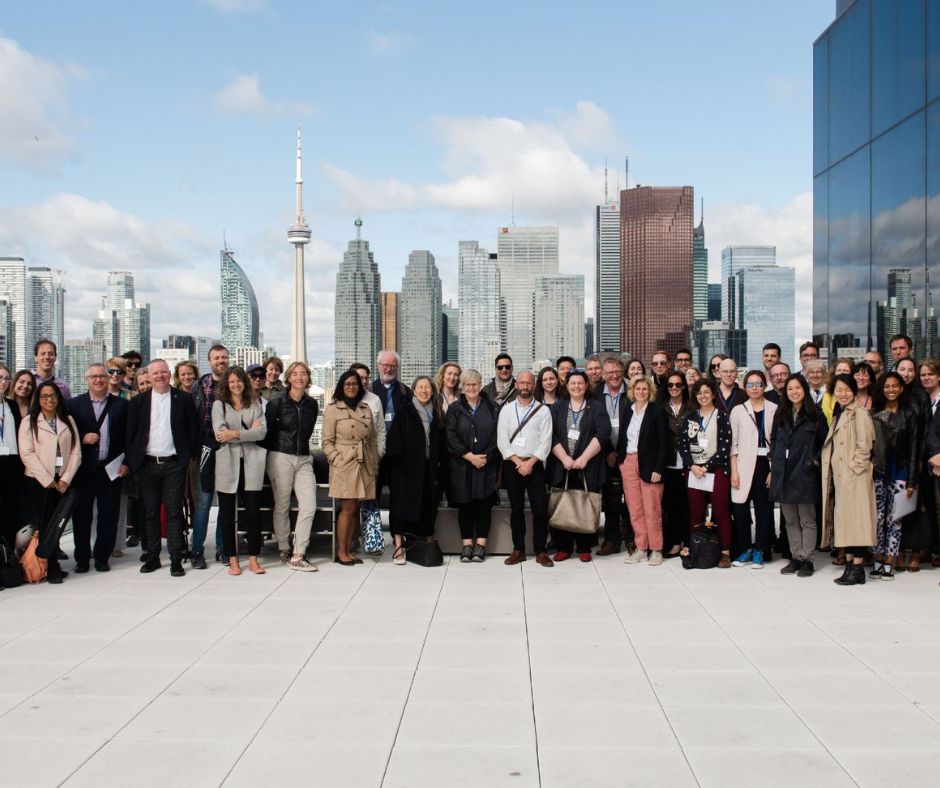The Rainin Arts
Real Estate Strategy
A collaborative and innovative solution to the displacement of arts and culture nonprofits.
The arts drive vibrant and diverse communities and are critical to neighborhood cohesion, health and wellbeing. The Rainin Arts Real Estate Strategy connects resources in the community to the real estate needs of arts and culture organizations so they can continue to thrive. The strategy is adaptable for any neighborhood where artists and cultural organizations are being edged out or displaced due to development, redevelopment or inattentive planning.
The Path To Ownership

PHASE 1
A Promising Partnership
An arts or culture organization facing displacement and lacking key capital, assets and real estate expertise can contact a Nonprofit Real Estate Developer or Land Trust to discuss a partnership. If deemed a promising candidate, the arts or culture organization works with the Nonprofit Real Estate Developer or Land Trust to identify an appropriate facility to buy and undergoes a capacity assessment.
The Nonprofit Real Estate Developer or Land Trust is a standalone entity that purchases real estate on behalf of organizations and offers a below market rate lease with the option to buy. They help organizations with decisions to purchase facilities, assist with financial planning, conduct organizational due diligence and more.
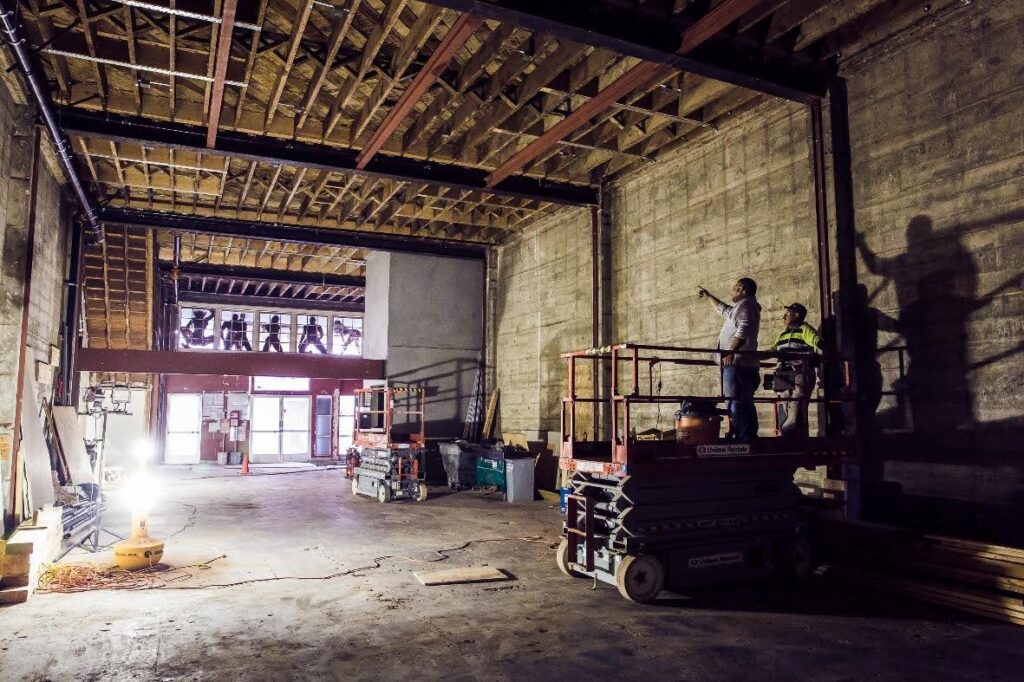
The 80 Turk Street building in San Francisco that Community Arts Stabilization Trust and CounterPulse identified. Photo credit: Kegan Marling
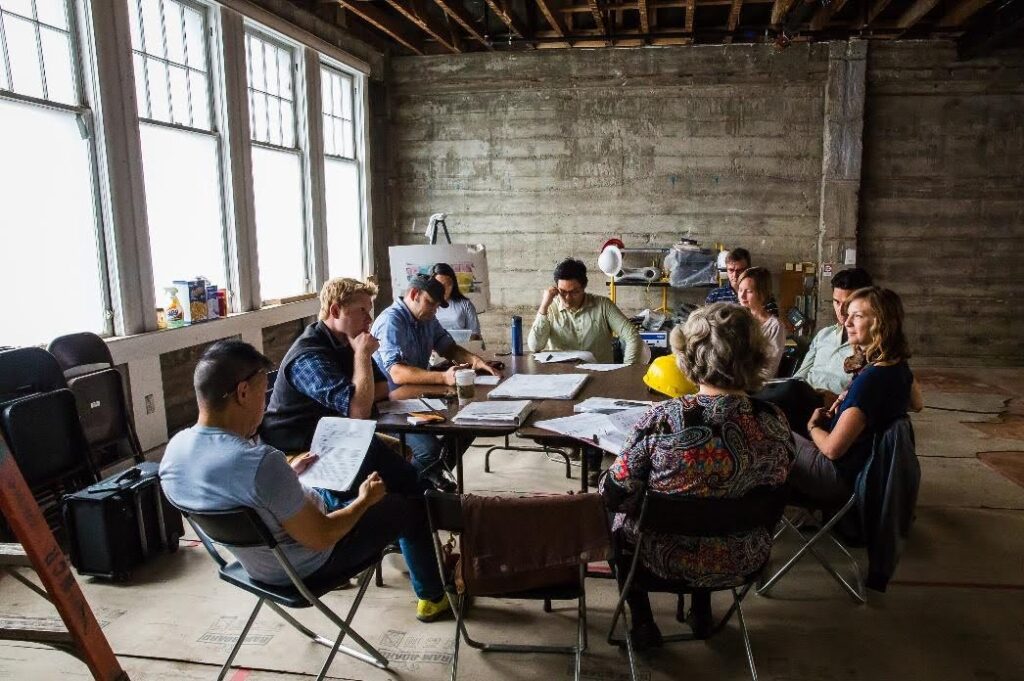
The renovation at 80 Turk Street required deep collaboration between all partners. Photo credit: Kegan Marling

PHASE 2
Financing The Project
Once a facility is identified, the Community Development Financial Institution (CDFI) and Nonprofit Real Estate Developer or Land Trust work with the arts or culture organization to develop renovation estimates and arrive at a final cost. The CDFI packages the project and submits it to the Federal New Markets Tax Credit program. The City may also get involved to negotiate easements, consider properties for enterprise zones, apply economic development funds or facilitate the sale of air rights.
The Community Development Financial Institution (CDFI) works with the Nonprofit Real Estate Developer or Land Trust and arts organization to establish an initial pool of funds for the property purchase and increases it through aggregating other funding streams. The sources and uses of funds include:
- A Foundation grant or program related investment.
- Additional funds borrowed from a bank. Using equity or a loan guarantee provided by a foundation, a bank can offer a line of credit to make capital available quickly, which is required for the purchase of real estate.
- Equity loaned through the Federal New Markets Tax Credit Program.
- Other sources. As the need arises for an expanded pool of capital, other foundations, corporate or government funders can contribute.
The Federal New Markets Tax Credit is an incentive for corporations to access a tax break by collateralizing community loans, making new dollars available.

PHASE 3
Lease To Ownership
When the financing package is approved, the Nonprofit Real Estate Developer or Land Trust works with the arts or culture organization on a lease and purchase plan. Over seven to ten years, the arts or culture organization implements a capital campaign and makes below market rate monthly payments to the Nonprofit Real Estate Developer or Land Trust. After that time, the arts or culture organization will have purchased the property at its original sale price and own a permanent home. The Nonprofit Real Estate Developer or Land Trust then recycles the sale proceeds to buy the next property for another arts organization.
Capital campaigns are intense fundraising efforts designed to raise a specific amount of money within a defined time period to build an organization’s assets and capacity. They typically raise much more than an organization has ever raised in a single campaign.
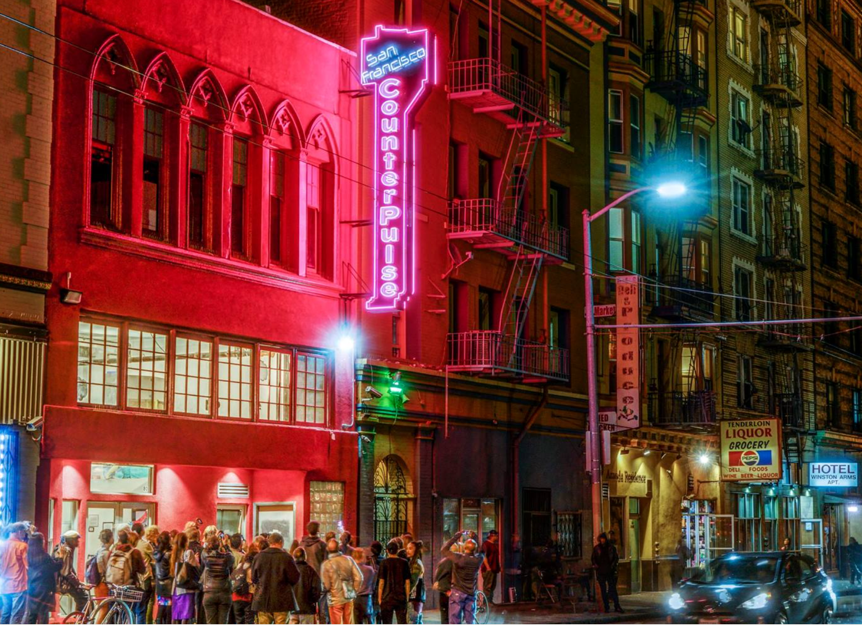
After 10 years of paying a below-market-rate lease to CAST, CounterPulse celebrated its final building acquisition in 2023. Photo credit: Scott Fin
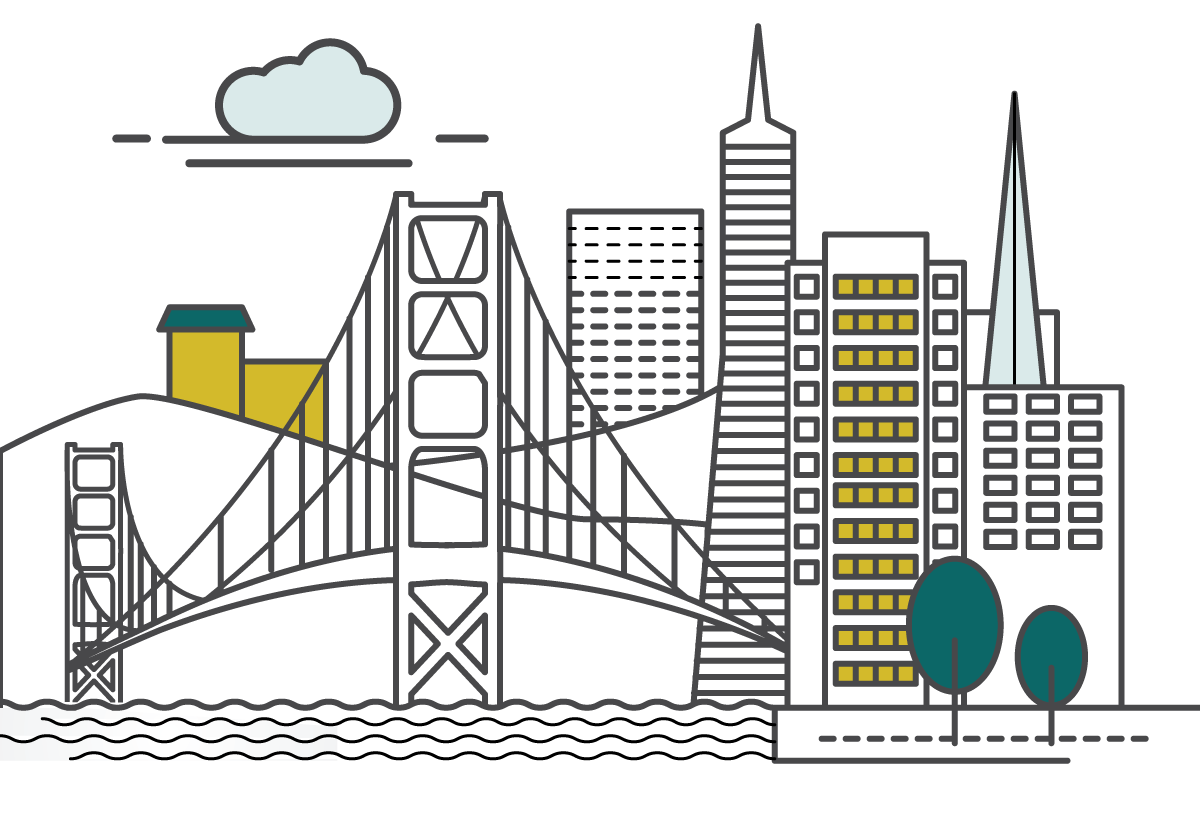

Culture is a golden thread in cities: supporting our communities, our health and wellbeing, attracting tourists and boosting economies. The economic contribution of culture is estimated by UNESCO to be $2,250 billion US dollars annually, equivalent to 3% of the global GDP.
World Cities Culture Forum’s Creative Land Trust Toolkit
The Strategy In Action

CAST freezes the cost of real estate when it purchases property, creating an alternative market for nonprofit arts and culture organizations. When a cultural organization buys a property seven to ten years after it’s purchased by CAST, it pays the original purchase price. In a market that has seen commercial property values increasing at a rate of 15% per year, that’s a game changer for our most valued cultural assets.
Shelley Trott
Executive Director, Kenneth Rainin Foundation
The Impact
Through the Rainin Arts Real Estate Strategy, organizations gain a permanent asset, protection from escalating rental prices, financial equity, management training and the capacity to manage debt and real estate. It also establishes permanent residences for core nonprofits in transitional neighborhoods, cementing the valuable presence of artists and cultural spaces. CAST’s success has inspired regions beyond the Bay Area to implement this strategy to maintain vibrant, culturally rich cities.
In the Bay Area and beyond, CAST is profoundly changing the dynamics by getting permanently affordable real estate into the hands of arts and culture organizations. CAST has grown to become an internationally recognized real estate nonprofit and has inspired cities such as Seattle, Austin, Denver, London, Vancouver and Sydney. The city of London adapted the CAST model to establish its Creative Land Trust to reduce cultural displacement.
The Kenneth Rainin Foundation is grateful to the many visionary and committed partners who helped turn this complex concept into a transformative solution in service of the Bay Area’s arts community.
